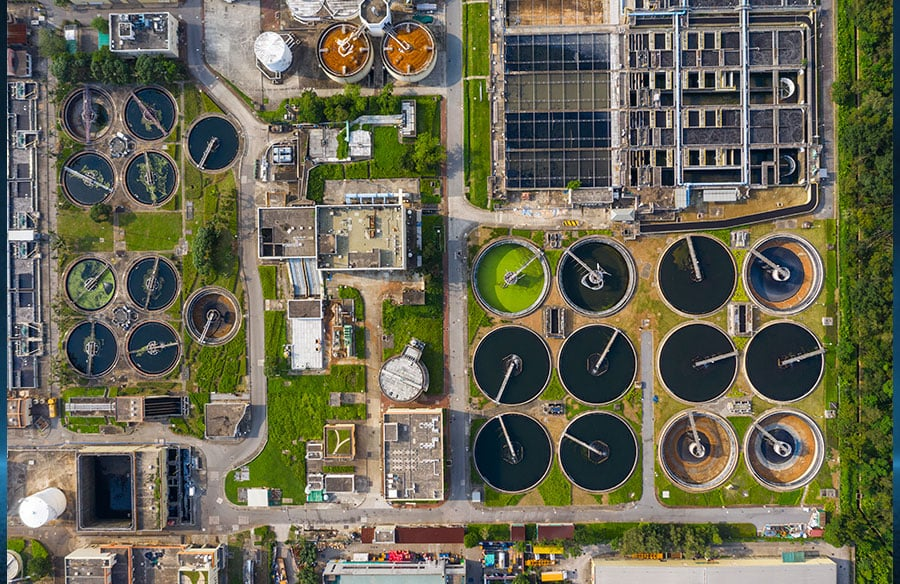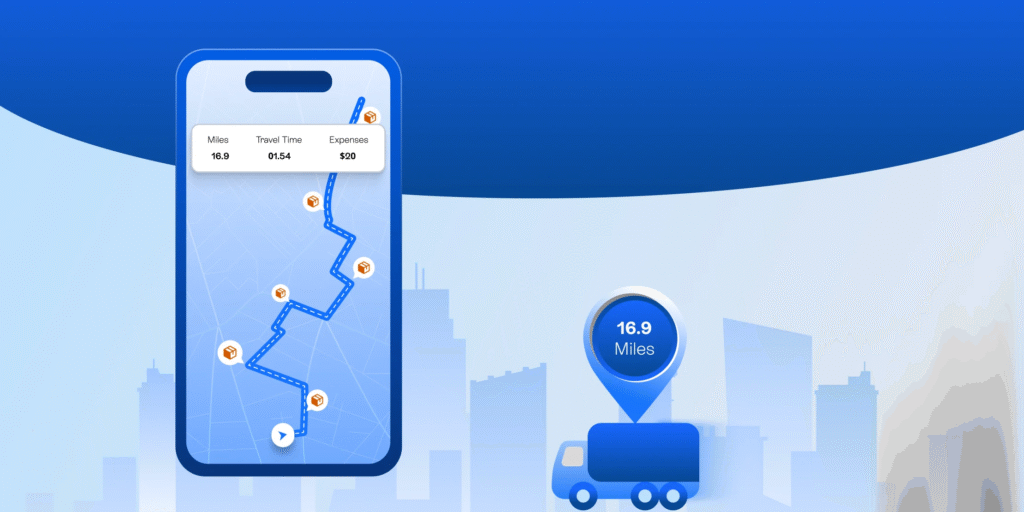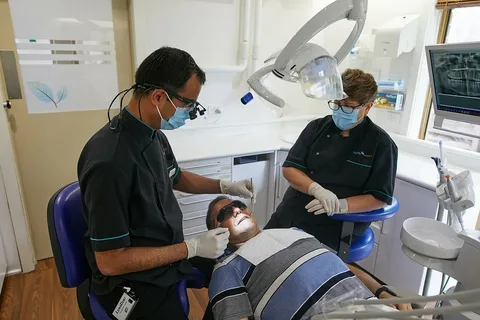As cities worldwide grapple with aging infrastructure, water scarcity, and the demands of rapid urbanization, the plumbing industry stands at the forefront of a technological revolution. Smart plumbing systems are no longer a futuristic concept—they’re becoming essential components of sustainable urban development, offering unprecedented efficiency, conservation, and monitoring capabilities that are reshaping how we think about water management in modern buildings.
The Current State of Urban Water Infrastructure
Urban water systems face mounting pressures from multiple directions. Aging pipes, many installed decades ago, are reaching the end of their operational lifespan, leading to significant water loss through leaks and inefficiencies. The American Society of Civil Engineers estimates that water main breaks occur every two minutes across the United States, highlighting the urgent need for infrastructure modernization.
Population growth compounds these challenges, with urban areas expected to house 68% of the world’s population by 2050. This demographic shift places enormous strain on existing water distribution networks, many of which were designed for much smaller populations. Traditional plumbing systems, while reliable, lack the sophisticated monitoring and control capabilities needed to optimize water usage and detect problems before they become costly disasters.
Climate change adds another layer of complexity, with extreme weather events becoming more frequent and severe. Droughts stress water supplies, while intense storms can overwhelm drainage systems. Cities need adaptive infrastructure that can respond dynamically to changing conditions, making smart plumbing systems not just convenient but essential for urban resilience.
Smart Sensors and IoT Integration
The integration of Internet of Things (IoT) technology into plumbing systems represents a paradigm shift in water management. Smart sensors can monitor water pressure, flow rates, temperature, and quality in real-time, providing building managers and city planners with unprecedented visibility into their water systems.
These sensors detect anomalies that might indicate leaks, blockages, or equipment failures long before they become visible problems. For instance, a gradual decrease in water pressure might signal a developing leak within a wall, allowing for proactive maintenance that prevents water damage and reduces repair costs. Similarly, unusual flow patterns can indicate unauthorized usage or system inefficiencies.
Advanced sensor networks can also monitor water quality parameters such as pH levels, chlorine content, and bacterial presence. This capability is particularly valuable in large commercial buildings and residential complexes where water quality can vary throughout the distribution system. Real-time monitoring ensures that water quality standards are maintained consistently, protecting public health and reducing the risk of contamination events.
The data collected by these sensors feeds into centralized management systems that use artificial intelligence and machine learning algorithms to identify patterns and predict future maintenance needs. This predictive approach transforms plumbing maintenance from a reactive process to a proactive strategy, significantly reducing downtime and extending system lifespan.
Automated Water Management Systems
Smart plumbing systems excel at automating water management tasks that traditionally required manual intervention. Automated shut-off valves can instantly stop water flow when sensors detect leaks, preventing extensive water damage and reducing waste. These systems can differentiate between normal usage patterns and genuine emergencies, minimizing false alarms while ensuring rapid response to real problems.
Pressure regulation systems automatically adjust water pressure throughout buildings based on demand and usage patterns. During peak usage periods, the system maintains optimal pressure levels, while reducing pressure during low-demand periods to minimize stress on pipes and fixtures. This dynamic management extends system lifespan and improves energy efficiency by reducing the work required from pumps and other mechanical components.
Temperature control represents another area where automation delivers significant benefits. Smart water heaters can learn usage patterns and adjust heating schedules accordingly, ensuring hot water availability when needed while minimizing energy consumption during low-demand periods. Some systems can even predict demand based on occupancy sensors and weather data, preemptively adjusting temperature settings to optimize comfort and efficiency.
Irrigation systems benefit tremendously from smart automation, with sensors monitoring soil moisture, weather conditions, and plant health to determine optimal watering schedules. These systems can automatically adjust watering frequency and duration based on seasonal changes, weather forecasts, and specific plant requirements, significantly reducing water waste while maintaining healthy landscapes.
Water Conservation and Efficiency
Smart plumbing systems are proving instrumental in achieving ambitious water conservation goals. By providing detailed usage data and identifying inefficiencies, these systems help building owners and managers understand exactly where and how water is being used, enabling targeted conservation efforts.
Flow restrictors and smart fixtures automatically adjust water flow based on usage requirements. Smart faucets can detect hand placement and adjust flow accordingly, while smart showers can maintain comfortable water pressure while reducing overall consumption. These fixtures often incorporate user feedback systems that provide real-time information about water usage, encouraging conservation-minded behavior.
Greywater recycling systems, integrated with smart controls, can automatically route water from sinks, showers, and washing machines to irrigation systems or toilet flushing. Smart controllers ensure that greywater is properly treated and distributed only when appropriate, maximizing reuse while maintaining hygiene standards.
Rainwater harvesting systems benefit from smart controls that monitor weather forecasts, storage capacity, and water quality. These systems can automatically prepare for incoming storms by creating storage capacity and can optimize the use of collected rainwater based on predicted future rainfall and current demand patterns.
Regional Implementation and Success Stories
The Dallas-Fort Worth metroplex exemplifies how smart plumbing technology is being implemented at scale in rapidly growing urban areas. The region’s explosive population growth and periodic drought conditions have created ideal conditions for adopting advanced water management technologies. Many commercial and residential developments now incorporate smart plumbing systems as standard features, with property managers reporting significant reductions in water usage and maintenance costs.
Local building codes increasingly encourage or require smart water management features in new construction, particularly in large commercial developments. These requirements are driving innovation and creating a competitive market for advanced plumbing solutions. When property owners need comprehensive installation and maintenance services, they often turn to a full‑service plumbing company in Dallas–Fort Worth that understands both traditional plumbing principles and cutting-edge smart technology integration.
The success of these implementations is measurable. Commercial buildings equipped with smart plumbing systems report water usage reductions of 20-30% compared to traditional systems, while maintenance costs decrease by up to 40% due to predictive maintenance capabilities. These savings often offset the initial investment in smart technology within three to five years, making the business case compelling for property owners and developers.
Conclusion
Smart plumbing systems represent a fundamental shift in how we approach water management in urban environments. By combining advanced sensors, automation, and data analytics, these systems offer unprecedented opportunities for conservation, efficiency, and proactive maintenance. While challenges remain, the benefits are becoming increasingly clear, with early adopters reporting significant improvements in both performance and cost-effectiveness.
As cities continue to grow and face increasing environmental pressures, smart plumbing technology will become not just advantageous but essential for sustainable urban development. The future of water infrastructure lies in intelligent systems that can adapt, optimize, and respond to changing conditions while conserving our most precious resource. The transformation is already underway, promising a more efficient and sustainable approach to urban water management.
Read More Gorod








